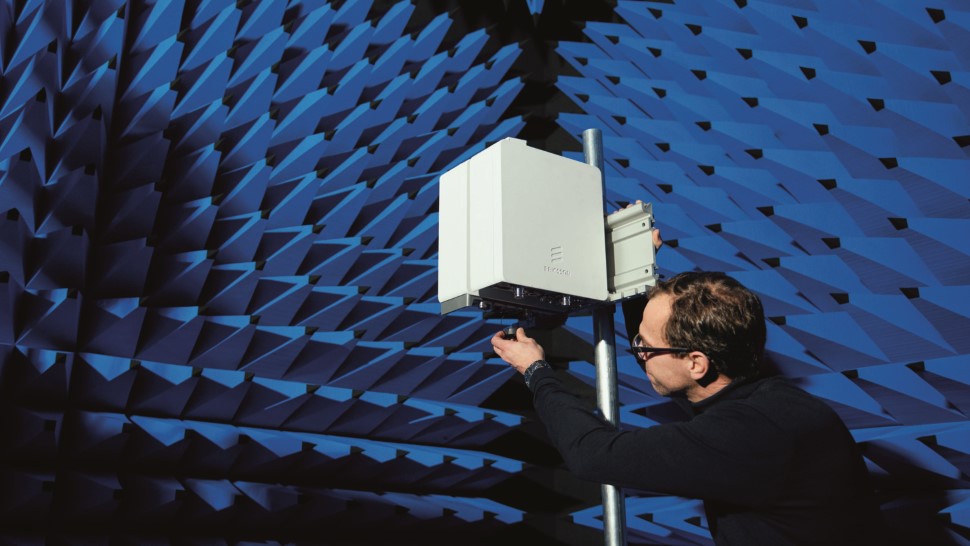

Ericsson’s ecosystem collaboration with MediaTek has resulted in a successful end-to-end standalone (SA) 5G data call on a chipset on the 2.6GHz band. This is a key stepping stone for the mobile industry, bringing it closer to enabling commercial SA deployments both for 5G devices and networks.
Following on from the ongoing NSA 5G deployments, the SA alternative will offer service providers the benefits of architectural flexibility and agility, while reducing costs and boosting network performance with automation and cloud-native platform design.
The bi-directional call was made in a lab setting by connecting a MediaTek chipset with an Ericsson Radio System radio AIR 6488 5G using 5G NR commercial software and dual-mode 5G Cloud Core solution. The call was fully compliant with 3GPP’s Release 15 specifications for 5G from December 2018, providing maturity and better support for 5G SA commercial live network launches.
Per Narvinger, Head of Product Area Networks, Ericsson, says: “We continue to promote interoperability so we can build a strong 5G ecosystem, and have reached an important milestone with MediaTek. As non-standalone 5G is maturing, we are also paving the way for standalone 5G to deliver on the full promises of 5G.”
JS Pan, General Manager of Wireless System Design and Partnership at MediaTek, says: “MediaTek continues to collaborate with Ericsson to verify market readiness of our 5G technologies and bring 5G speeds and connectivity to the market and to consumers. As the industry moves into the era of 5G, MediaTek is well-positioned with technology solutions across devices and networks to meet 5G rollout plans this year and in the future.”
The end-to-end solution, which includes 5G Core for this successful SA data call, will help to accelerate 5G commercialization and enable fresh use cases in new segments
By working with ecosystem partners such as MediaTek on testing the technology of the future, Ericsson is all set to be at the forefront of standalone 5G NR deployments on the strength of its comprehensive 5G portfolio.
Launched in February 2019, Ericsson’s dual-mode 5G Cloud Core combines 3GPP network functions from its Evolved Packet Core (EPC) and 5G Core offering (5GC) architectures into a common cloud native software platform. This supports 5G New Radio SA and NSA, 4G, 3G and 2G accesses technologies.
Company expands AI order-taking solution to tackle rising labor costs and improve customer experience Hi…
Outperforming competitors like OpenAI and ElevenLabs across standard datasets and specialized jargon recognition, Jargonic sets…
NVIDIA announced KAI Scheduler, the open-source version of the NVIDIA Run:ai Scheduler, available as a…
Partnership will deliver revolutionary, emissions-free travel in the UK, including greater connectivity for Virgin Atlantic…
New Vicor DCM3717 and DCM3735 DC-DC power modules support the growing trend of 48V-centric power…
DigiKey, a leading global commerce distributor offering the largest selection of technical components and automation…